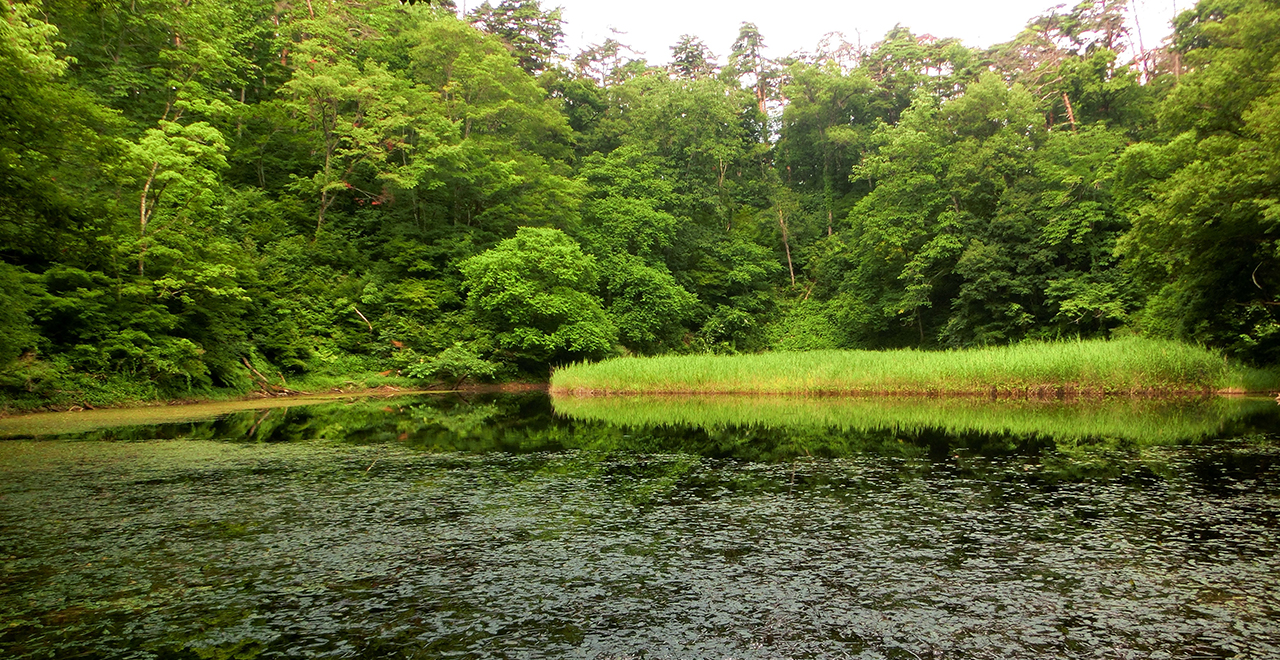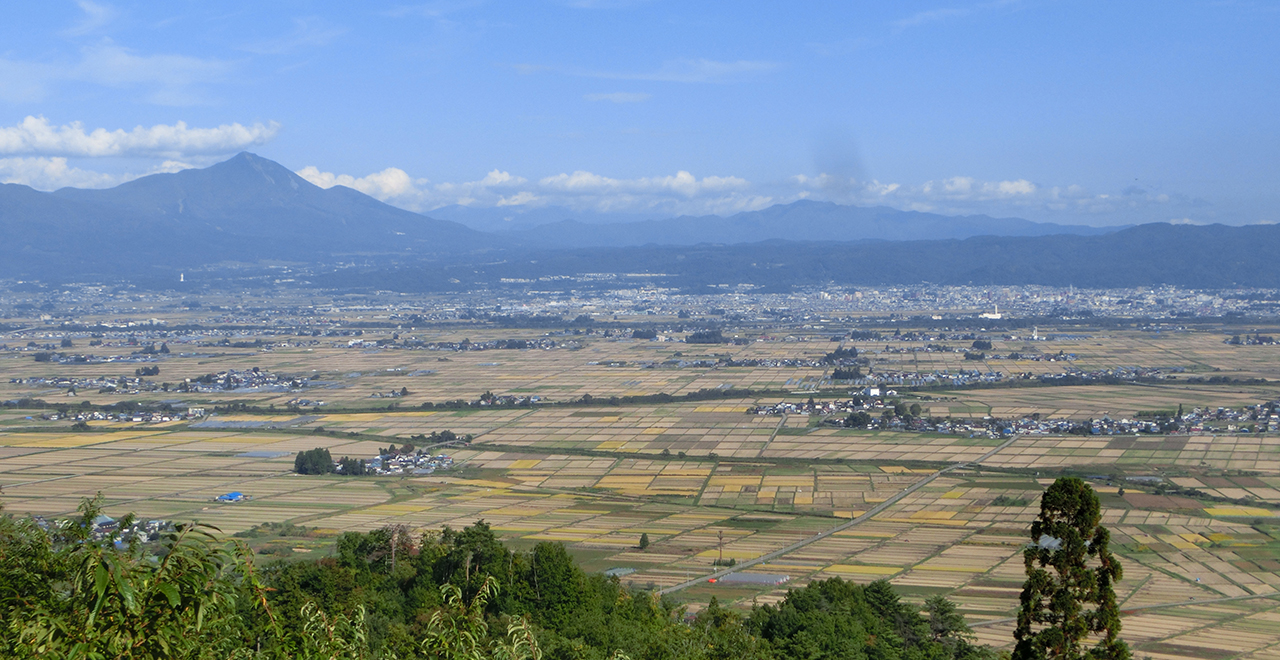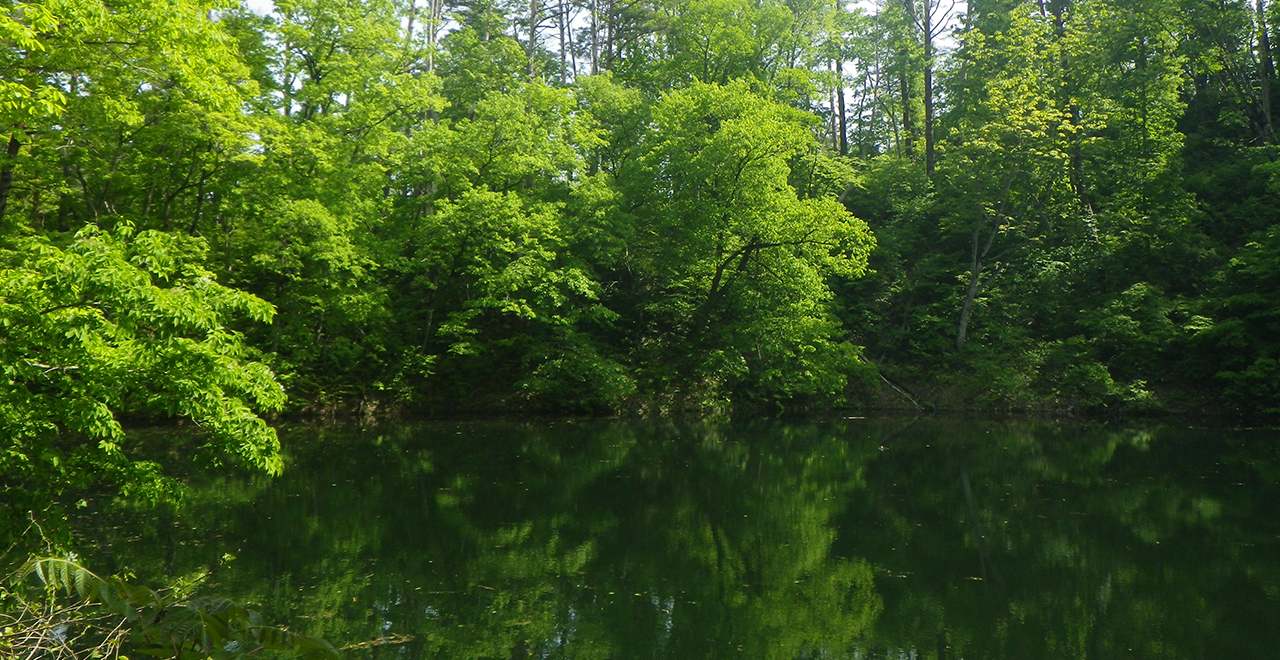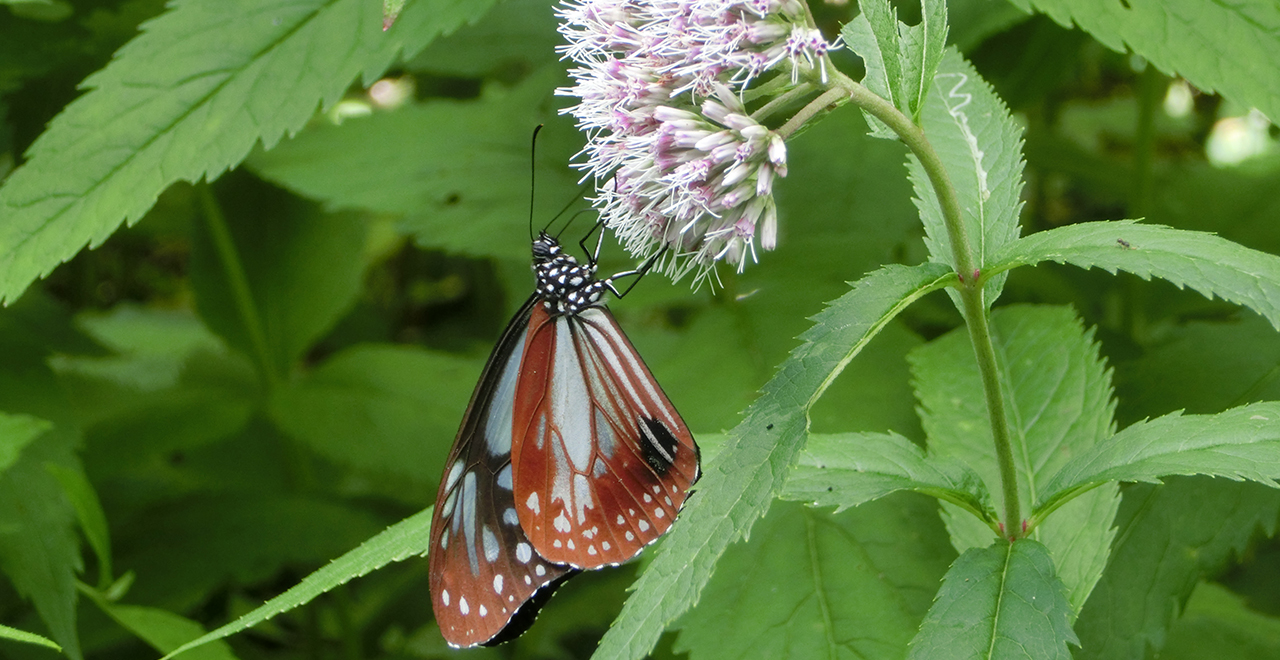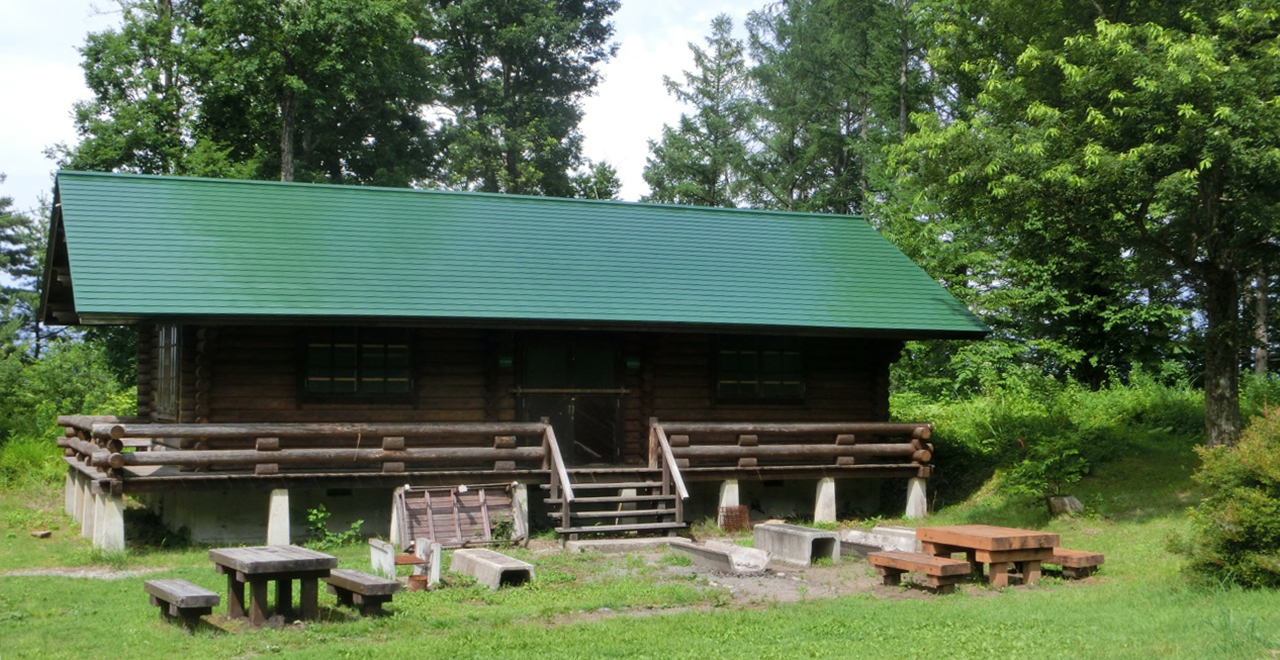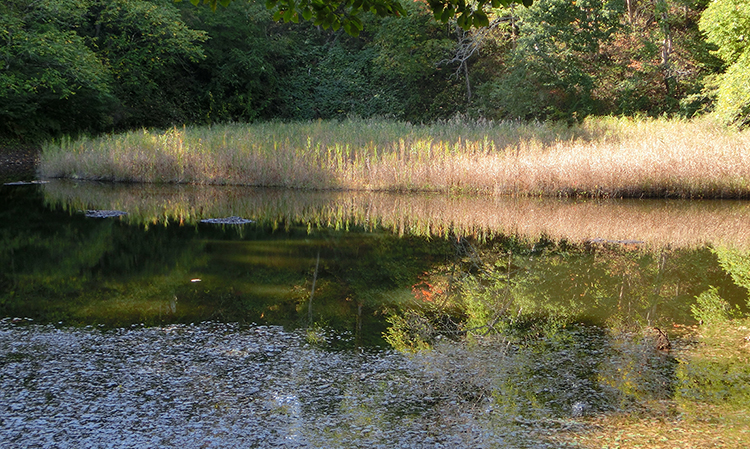Futanuma Recreation Forest
7.53ha
Elevation Lowest : 450m / Average : 450–500m / Highest : 500m
A valuable reserve of moorland vegetation ― A forest with floating islands, offering a variety of nature experiences
A valuable reserve of moorland vegetation ― A forest with floating islands, offering a variety of nature experiences
- Newest information
- Area
- Activities
- Overview
- Latest Information
- Usage Guide
- Facility
- Map
- Address
- Access
(Distances and times are
provided as a guide only) - Management office
contact details - Information on Other Local
Tourist Attractions - Official Tourist Information
- Recreation Forest
Management Committee - Supporters
- Other
- Newest information
- Gathering information in advance is important to safely enjoy forest recreation that brings you closer to nature.
・CHECK
・When you go out, please check local tourist and related information and gather information on road closures, weather conditions, etc.
- Area
- Kanto
- Activities
- Flower-viewing (cherry (Prunus)) : Hoyo-ji Temple (Outside the forest) Autumn leaf viewing (Includes surrounding area) Birdwatching (Includes surrounding area) Picnics (lawn area/park) (Outside the forest) Hands-on forestry / woodworking experience (Outside the forest) Niitsuru Hot Spring (Outside the forest) Shrine / Temple visit: 33 Kannon in Aizu (Payment required in some cases) (Outside the forest)
- Overview
-
- Geographical/topographical features
- The forest is located in a lower elevation mountain area (elevation 450–500 m) in the Suzumebayashi Hills. Futanuma Pond formed in a mortar-shaped depression in the local Tertiary deposits. This oval-shaped pond measures about 100 m by 65 m, and has a depth of up to 4 m. A large floating island about 75 m by 40 m moves within the pond.
- Historical/cultural features
- According to legend, a large tortoise lived in Futanuma Pond. About 1,000 years ago, a beautiful girl lived in the village of Suzumebayashi in the province of Iwashiro. Because her family was poor, she had to pass by two large, old ponds and go deep into the mountains to gather firewood every day. The ponds were called Onuma Pond and Menuma Pond. The master of Onuma Pond was a large tortoise and the master of Menuma Pond was a large serpent. When the girl walked past the banks of these ponds, she used her reflection in the pond water to fix her hair. Because the girl was as beautiful as a celestial maiden, the large tortoise fell in love with her. One day, when the girl came to the bank of Onuma Pond, the large tortoise could no longer restrain its desire. The tortoise appeared before the girl and took her away to the bottom of the pond. Some time later, a waistcloth she was wearing floated to the surface of the pond. Fallen leaves collected on the waistcloth, and plants and flowers bloomed on it. The waistcloth became a floating island, and gradually grew larger as it moved within the pond. The island looked like a lid on the pond, so people came to call the pond "Futanuma Pond" (meaning "lid pond" in Japanese).
- Climate, flora and fauna
- The deciduous forest around Futanuma Pond, mainly consisting of Akamatsu (Japanese red pine (Pinus densiflora)), Kuri (chestnut (Castanea crenata)) and Konara (Quercus serrata) is home to a wide variety of valuable wildlife, including creatures such as Moriao-Gaeru (forest green tree frog (Rhacophorus arboreus)) and Hacho-Tonbo (Nannophya pygmaea) and birds such as Oruri (blue-and-white flycatcher (Cyanoptila cyanomelana)) and Kibitaki (narcissus flycatcher (Ficedula narcissina)).
- Attractions
- The floating island of Futanuma Pond has been designated a natural monument by Fukushima Prefecture. The moorland vegetation is preserved in its primeval state and it is home to scientifically valuable flora and fauna, including forest green tree frogs, Hacho-Tonbo, and Sagiso (Pecteilis radiata (Thunb.) Raf.). The area has been selected by the Forestry Agency as one of the Top 100 Water Resource Forests for its excellent natural landscapes.
The area has been developed as Aizumisato Town Futanuma Forest Park, where you can easily enjoy camping, barbecuing and other outdoor activities.
The panoramic viewpoint in the Futanuma Forest Park offers a splendid view of the Aizu Basin. During this season, many photographers gather at the viewpoint to take photographs of steam locomotives as they pass through the basin on the Tadami Line. - Other
- Niitsuru Hot Spring, down the mountain from Futanuma Pond, is well-known for making bathers’ skin smooth.
- Latest Information
-
- Warnings (Dangerous areas)
- Some withered and damaged Japanese red pine trees can be found along the footpaths. Please watch out for any falling branches or trees.
- Usage Guide
-
- Entrance fee
- Free of charge
- Opening seasons and hours
- Only accessible during the operating season of Futanuma Forest Park (8: 30 a.m.–5: 00 p.m. April through November). It is closed to traffic in the winter due to heavy snowfall.
The four roads leading to Futanuma Forest Park have gates which are closed when the Futanuma Forest Park is closed. - Staffed facilities such as administration buildings
- The Futanuma Forest Park is staffed from 8: 30 a.m. to 5: 00 p.m. during the operating season.
- Accommodation options
- Campsites, log houses
Niitsuru Hot Spring (one Japanese inn)
- Facility
- Toilets (4 locations) (Outside the forest) Footpath / walking trail / nature trail (Includes surrounding area) Parking lot (3 locations) (Outside the forest) Observation platform (Outside the forest) Visitor center (staffed only) (Outside the forest) Vending machine (Outside the forest) Shop (Outside the forest) Restaurant (Outside the forest) Barbecue area Campsite and/or cabins (3 locations) (Outside the forest) Cultural Property (nationally designated) : Koan-ji Temple (Nakata Kannon) Kannon-do Hall of Hoyo-ji Temple (Payment required in some cases) (Outside the forest) Accommodation facilities (Hotels/Japanese inns) :Niitsuru Hot Spring (Outside the forest)
- Map
- Address
- 6636 Nanakubo, Yagisawa, Aizumisato Town, Onuma County, Fukushima Prefecture
- Access
(Distances and times are provided as a guide only) -
- By public transport
-
<Access from nearest railway station / bus stop>
- Aizu-Takada Station → (about 90 minutes on foot (6 km)) → Futanuma Recreation Forest
<Access from major transport hubs to nearest railway station / bus stop>- Tokyo Station → (Tohoku Shinkansen (change trains at Koriyama Station) → Banetsu West Line (change trains at Aizu-Wakamatsu Station) → Tadami Line: 180 minutes) → get off at Aizu-Takada Station
- By car
-
<Access>
- Tokyo Station → (Tohoku Expressway (Koriyama IC): 210 minutes) → Ban-Etsu Expressway (Aizu-Wakamatsu IC) → (public road: 30 minutes) → Futanuma Recreation Forest
<Car parking capacity / parking charges>Free parking for approximately 30 vehicles
- Nearby tourist facilities
-
- ・Koan-ji Temple (Nakata Kannon) is 60 minutes on foot or 20 minutes by car. It is known as the temple that Shika Noguchi traveled long distances to visit to pray for her son, world-renowned bacteriologist Dr. Hideyo Noguchi.
- ・The Suzumebayashi Area at the base of the mountain contains Hoyo-ji Temple and its three-story pagoda. When cherry trees bloom here in the spring, crowds of visitors come to view the "Tora-no-o Cherry Blossom Tree," one of Aizu's five most famous cherry trees.
- Management office contact details
-
Aizu District Forest OfficeTEL:0242-27-3270
https://www.rinya.maff.go.jp/kanto/aizu/index.html
- Information on Other Local Tourist Attractions
-
At the foot of the Futanuma mountains, grapes and Chosen-Ninjin (Chinese ginseng (Panax ginseng C.A.Mey.)) are actively cultivated using the hilly topography, and a variety of locally processed products are sold in the area.
- Official Tourist Information
-
Aizumisato Town [External link]
- Recreation Forest Management Committee
- ー
- Supporters
- ー
- Other
- ー





